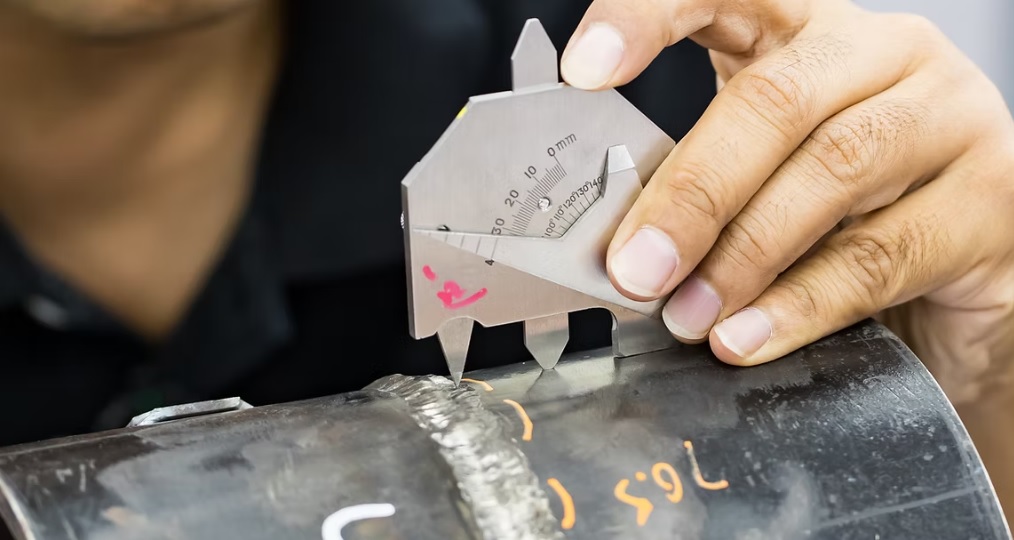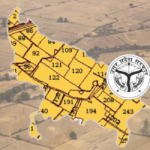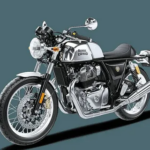
The automotive industry is currently a many-trillion dollar industry that remains a major force in economies around the world. It is a sector that requires the highest standard and accuracy on all aspects of the car production process including the designing and manufacturing. One fundamental requirement where these demands are met is welding – a point where member metals are bonded by both heat and pressure.
Quite obviously, the quality and strength of the welded joint are capable of affecting the safety profile, dynamic performance and durability of a car or any other wheeled transport facility. Therefore, it is requisite in most cases for manufacturers and welders to follow certain types of standards and inspection practices with a view to getting the best of welds.
In this blog, the following areas of standard, technique and practice of third party inspection and quality control relevant to the automotive industry shall be highlighted. About these guidelines you will get an idea on conformity to standards, signs of bad welding, and ways to encourage good welds.
An Approach to Welding Standards
There are several standards within the automotive industry that relate to welding and directly govern many of the activities within the process. These are; electrode designations, welding codes, welding symbols and welding numbers among others. Some of the most significant standards include:
- AWS D1.1: This standard is specific to structural welding and has been released by the American Welding Society (AWS). It is the specification of the requirements for welding design, selection and manufacturing of the processes and procedures that should produce a satisfactory product from a structural integrity or safety point of view.
- ISO 15614: This standard ISO is for the qualification of welding procedures on metallic materials. Despite the fact, it stresses on pre and post weld examination, and underlines that record keeping is also compulsory.
- SAE J2400: This standard was set by the Society of Automotive Engineers (SAE) and describes how the vehicle and or vehicle parts must be designed, fabricated and inspected prior to welding. Coordinates the structure of weld markings and instructions on how welding procedures, including welding symbols, must be conducted, and requirements on the application of non-destructive testing (NDT).
The Welding Inspection Techniques
Since welding is an important process of manufacturing automotive components, welding inspection is also an important process that cannot be overlooked. The primary inspection techniques employed in the industry include:
- Visual Inspection: This is the most important initial aspect of any welding inspection procedure. The inspector systematically observes the weld for presence of such features as porosity, undercut or excess weld metal. As is seen, the employment of this tool, such as a magnifying glass, can reveal even the slightest problems.
- Non-Destructive Testing (NDT): NDT is what can be described as a set of technologies or processes that can be used to determine characteristics of materials, individual elements, or an entire product without destroying them. Some of the nondestructive testing techniques include radiographic testing, ultrasonic testing, magnetic particle testing, and many others. Some of the hidden abnormalities are predominant in the product, and they may not be recognized through a simple optical examination; this is where the NDT comes in.
- Destructive Testing: Less controlled testing is done in the automotive sector and it is a method of materials and components testing where damage or breaking them is created. This technique is used to set bounds on the trustworthiness of a weld under conditions. However, destructive testing is not as deadly as it sounds since it only entails making small tests on the application.
Policies and Its Association with Quality Control Measures
Welding mainly involves joining two substances using heat with the aim of producing the best quality product which should not contain any substandard products to be supplied to the consumers. Some essential quality control measures in the automotive welding industry include:
- Traceability: Welding procedure and materials used for each and every welding should have record. This can be done by recording all the information that is in the weld whether in the welding procedure specification WPS, position of welding electrode type number and welding parameters.
- Training and Certification: Talked about welders training and certification, including the training and certification of welders should meet standards as is in the industry and qualifying welders should be trained and certified. What I mean by that is, they’re well versed in the knowledge to do the work properly and get the perfect quality out of welding production.
- Continuous Improvement: Automotive manufacturers should incorporate a schedule-based auditing process over its welding procedures to detect inefficiencies that may have occurred before suggesting alterations to its welding procedures. Such a preventive measure makes sure that the firm does not have some poor welds and it ensures the same levels of production as other firms in the market.
Conclusion
Automotive industries are a very sensitive and competitive industry to do business in and the need for high quality and safety cannot be over emphasized. Quality welds can only be delivered if the welding is conforming to welding requirements, correct examination methodologies and overall usage of suitable quality control procedures. From these important standards and practices, automakers can increase their vehicle’s durability and safety and achieve optimal performance. As underlined in the work, weld is the basis of vehicles, and with an emphasis on high-quality cars, manufacturers can be sure that they are supplying customers with safe vehicles.





